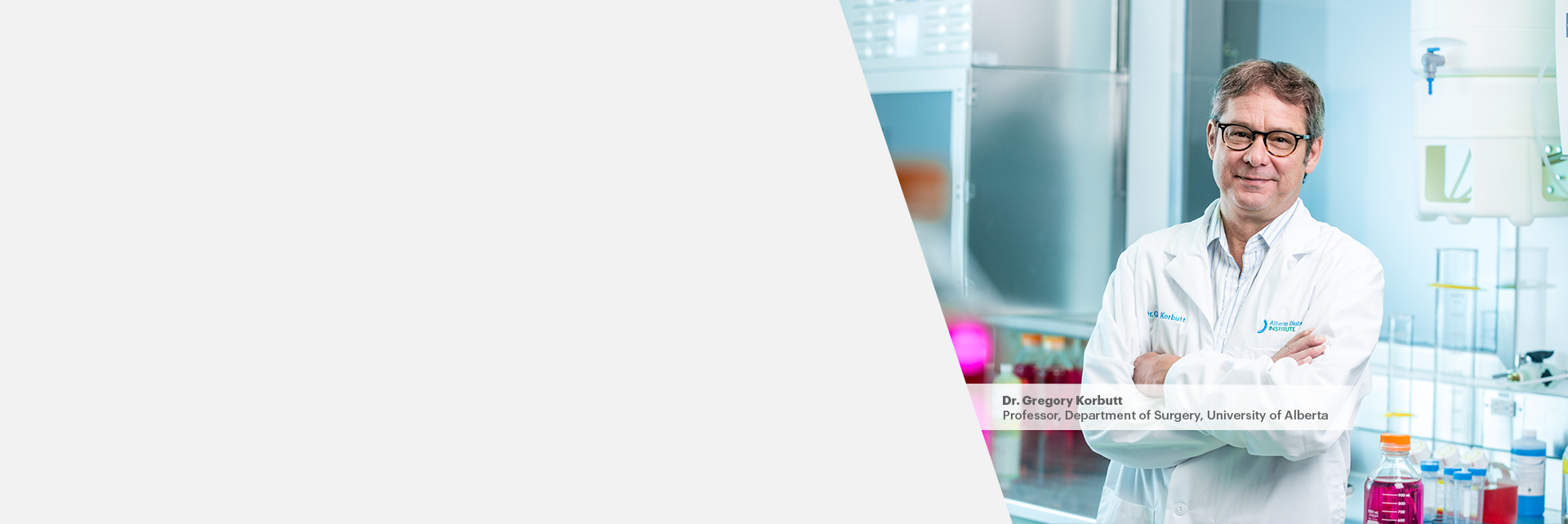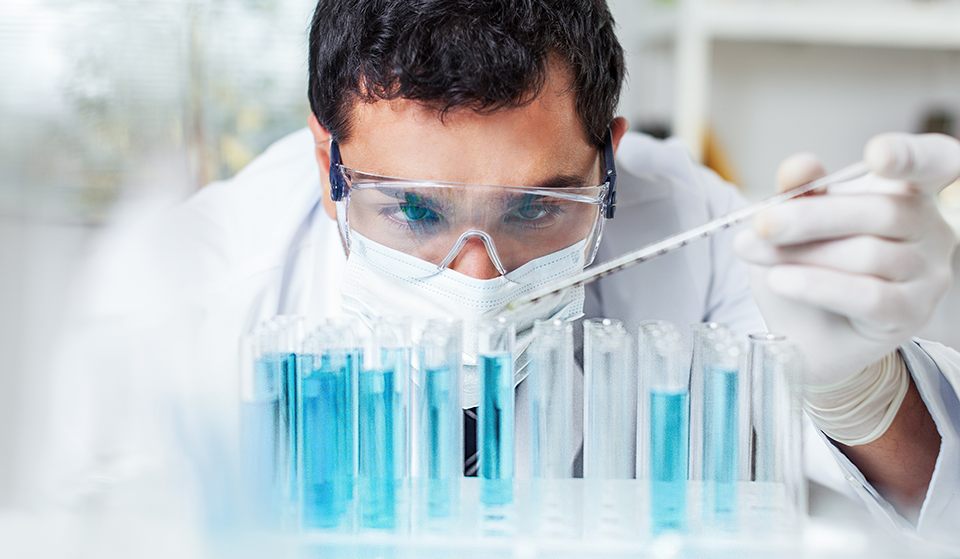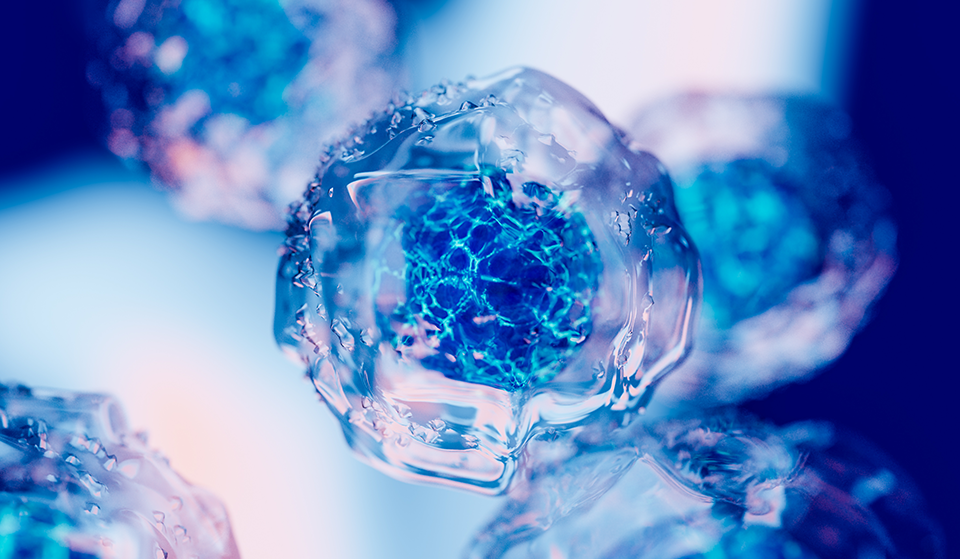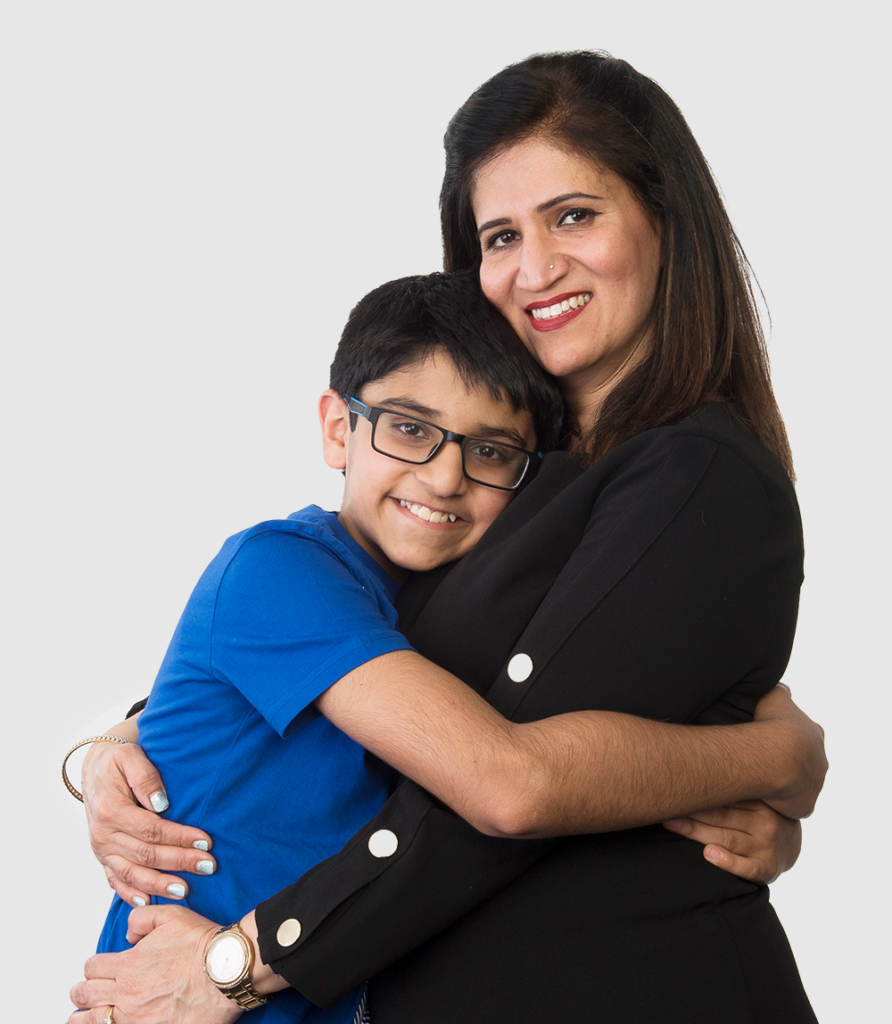
Curing T1D
JDRF was founded to cure T1D. Every day, our research moves us closer towards that goal.
To cure T1D, we need to do two things: we need to reverse the autoimmune response that damages insulin-producing beta cells, and we need to protect and restore their function. Our cure research is advancing on both fronts towards the ultimate goal of freedom from insulin, for people of all ages with T1D.
Beta cells are found in clusters of multiple cell types in the pancreas. These clusters are called the islets of Langerhans – or islets for short.
A large part of the cure research we fund is about understanding beta cells and islets: how they grow, how they stay healthy and how we can give new ones to people with T1D.
A core goal of our research is also to prevent disease in people who are headed for an inevitable diagnosis – people who can now be identified as high-risk through screening – and stop them from ever becoming dependent on insulin.
Recent research has shown that stopping the disease before it starts is now within reach.
Most of our research funding globally goes to cure research, which is focused in three main areas:

Screening
90% of people diagnosed with T1D have no family history of the disease, and the number of new cases is on the rise. But we now know that people at risk of T1D can be identified through a blood test, and preventive therapies are now on the horizon. JDRF is aiming to develop and execute universal screening strategies that will reduce the impact of diagnosis, provide opportunities for preventive therapy, and encourage health system adoption.

Disease-modifying therapies
Insulin either by pump or multiple daily injection remains the only available treatment for T1D. JDRF is aiming to change that and move beyond insulin by accelerating the development of medicines that prevent, delay, or reverse T1D by targeting the autoimmune response, beta cells, or both. Research in this area applies to people of all ages and stages – whether at high risk of T1D, recently diagnosed, or living with T1D for many years. As of November 2022, Teplizumab (Provention Bio brand name Tzield) became the first disease-modifying therapy approved for individuals at-risk for developing T1D in the U.S. For the first time in history, there is an approved therapy that addresses the autoimmunity behind T1D—not just the symptoms that it causes.

Cell Therapies
Islet transplantation has shown us that replacing insulin-producing cells in people with T1D can provide freedom from insulin in a select few people. JDRF’s goal is to advance this principle by developing safe and effective cell replacement products that will be widely accessible to people with T1D, providing long-lasting freedom from insulin without the need for chronic broad immunosuppression.
Canadian researchers have always been at the forefront of cutting-edge research into T1D and are working on JDRF funded projects today that may help to develop treatments that will cure type 1 – and prevent it too.
JDRF stewards all donations and support we receive to accelerate the most promising research. JDRF-funded researchers in Canada are working hard on cures.




